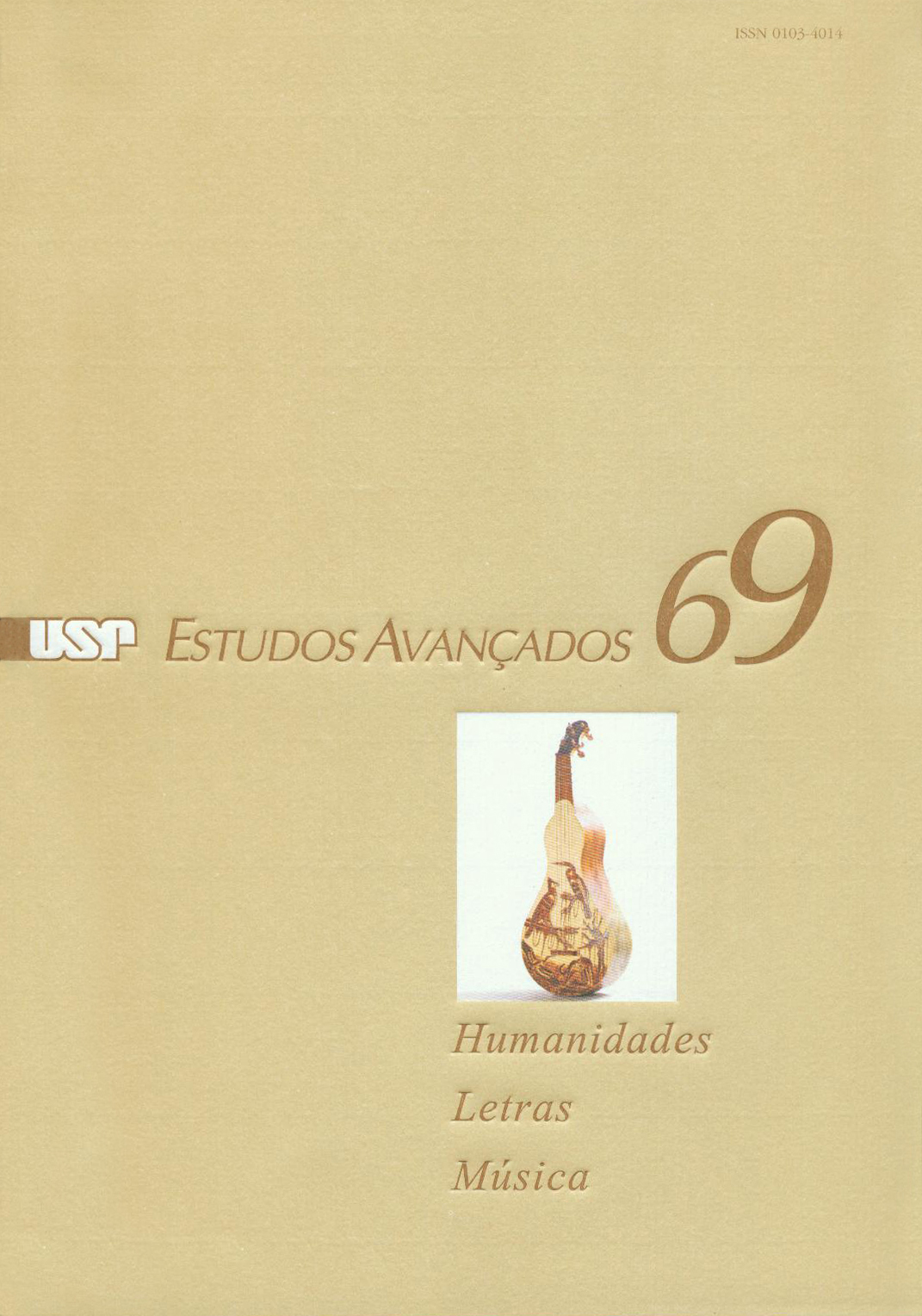"In the vortex of the spiral tendency": questions of aesthetics, literature and natural sciences in the work of Goethe
Keywords:
Goethe, Spiral tendency, Martius, Line of beauty, William HogarthAbstract
In his final years Goethe was obsessed by the so-called "spiral tendency". The problem, however, was far from new to him as the versions and variations of curved lines and spirals in Goethe's work clearly show. These forms can actually be found at the crossroads of poetry, visual aesthetics (namely of ornaments), and scientific studies. A crucial point of reference for aesthetics in the later 18th century was William Hogarth's famous concept and model of the "line of beauty" (1753), which also left its traces in Goethe's writings, even in his late period. This study examines his elegy "Amyntas" (1799), the essay "Fossile Bull" (1822), and texts on the metamorphoses of plants and the spiral tendency in vegetation. Spiral forms seem to be so fascinating for Goethe because, with their manifold functions and meanings, they allow us to cross the borders between different genres and disciplines and to connect different kinds of thinking. This transgressive intellectual activity, which we could call 'transdisciplinary', remains a model for important thinkers of the 20th century, such as Paul Valéry, Walter Benjamin or Aby Warburg.Downloads
Download data is not yet available.
Downloads
Published
2010-01-01
Issue
Section
Literatura
License
Estudos Avançados não celebra contrato de cessão de direitos autorais com seus colaboradores, razão pela qual não detém os direitos autorais dos artigos publicados. Os interessados em reproduzir artigos publicados na revista devem necessariamente obter o consentimento do autor e atribuir devidamente os créditos ao periódico.
How to Cite
Mainberger, S. (2010). "In the vortex of the spiral tendency": questions of aesthetics, literature and natural sciences in the work of Goethe . Estudos Avançados, 24(69), 203-218. https://www.journals.usp.br/eav/article/view/10521


